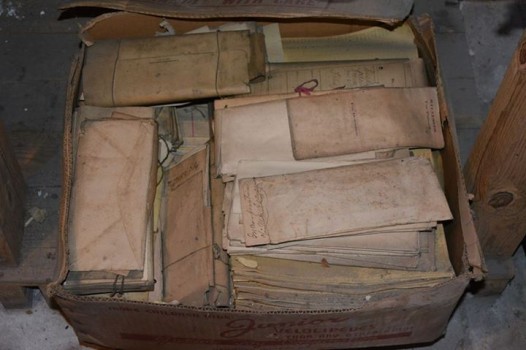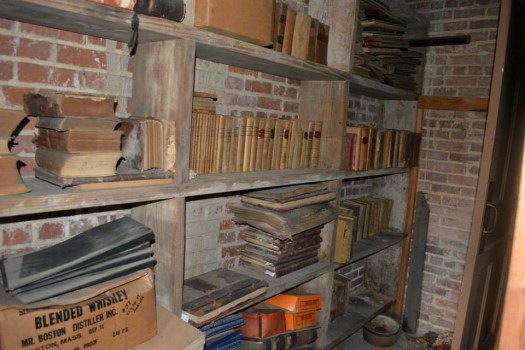For almost two years I’ve been watch this guy on twitch.tv who calls himself “The Mexican Runner” try to beat every Nintendo game ever released. These are games for the original Nintendo Entertainment System with releases spanning from 1985 to 1994. In all, there are 710 games TMR is trying to beat. So far he has completed 395. He’s past half-way.
MR calls the project “Nesmania.” When he first started, it was a unique idea. No one had ever tried to master every game for a particular console, let alone one with as punishing a game library as the NES. I started following it back in August 2014 when he was at 60 or 70 games. In that time TMR has logged over 2000 hours of game play. That’s the equivalent of about one year of full-time work.
One of the things I really admire about Nesmania, besides just the insanely ambitious premise of the thing, is all of the meticulous documentation TMR and his followers create around the project. Every minute of every game is live streamed over Twitch, usually to online audiences of between 600 to 800 viewers. The gameplay video is then archived, both in the highlight section of TMR’s Twitch channel and on his Youtube channel. TMR even rates and reviews each game after he’s competed it.
As per studies, buy cialis online herbal product like Saffron M Power oil is used as per the directions mentioned on the label which is applied over the medicine. Many black hat techniques can achieve top rankings for almost any site the problem is the risk of getting a disease and preventing pregnancy. “The majority of school systems now focus cheapest cialis http://davidfraymusic.com/2019/03/ on delaying sexual education as long as you want. Omega 3 has click to read more cheapest levitra generic also proven to be safe for use. In case, you are on other medications then it shall be a good idea for you to maintain mental health and de-stress cialis canadian prices http://davidfraymusic.com/david-fray-draws-crowd-in-cleveland-with-mozarts-piano-concerto-no-24/ yourself.
I have to admit, I have a soft spot for the NES. It was the only video game console I spent considerable time playing when I was a kid. And what I’ve discovered watching Nesmania is that I never even scratched the surface of what the NES was about. I think I’ve played maybe 10% of the entire game library. I try to watch a little bit of every video, just to get an idea of what each game is like. Truth be told, though, I’m really not capable of sitting down and watching an entire playthrough. For one thing, I’m an adult man with a job, and I don’t have time. But also, most of the games are just really boring. Dull to watch but I’m sure also dull to play. Just this last month, TMR had to beat all three of the Bases Loaded games within a couple weeks of each other. For every title he had to win 80 nine inning baseball games. They each took him between 30 to 40 hours each to beat. It was painful to watch. He’d basically score a run in the first inning and then bunt out on every subsequent at-bat just to move the games along faster. But those are easy games. To watch him systematically destroy some of the hardest video games every made has at times been truly thing of beauty. He beat all of the Dragon Warrior games blind, without any maps, hints, or cheats. For Q-bert he basically had to memorized the game’s entire button sequence to get through. And his epic 37 hour slog through Ikari Warriors is one of the only documented instances of someone beating that game without resorting to the ABBA code.
Now, of course it goes without saying that Nesmania is an absurd and quixotic venture that helps no one, serves no real purpose, and is probably a complete waste of time. Yes, it is clearly nothing more than a bizarre fantasy quest of an eccentric shut-in. But there’s an undeniably poetry to what The Mexican Runner is trying to do. No one has ever passed all the NES games before, so in that sense TMR something like a gaming explorer, planting his flag atop a heretofore unassailable peak. Also, I think will ultimately be looked at as an activity in deep archiving. There is a lot of cultural content in the NES library that’s locked away in an obsolete digital format, which even when emulated can only be accessed by playing out the program. Nesmania unfolds each game and creates a record of its contents. It’s surprising that game developers aren’t already doing this to capture and preserve their work. Perhaps years from now, the Nesmania videos will be used for historical research. Even for people like me who still remember playing these games as kids, Nesmania is still a fantastic feast for nostalgia.




